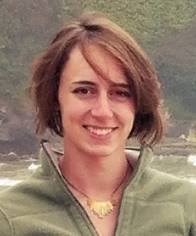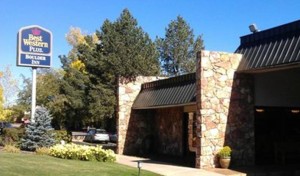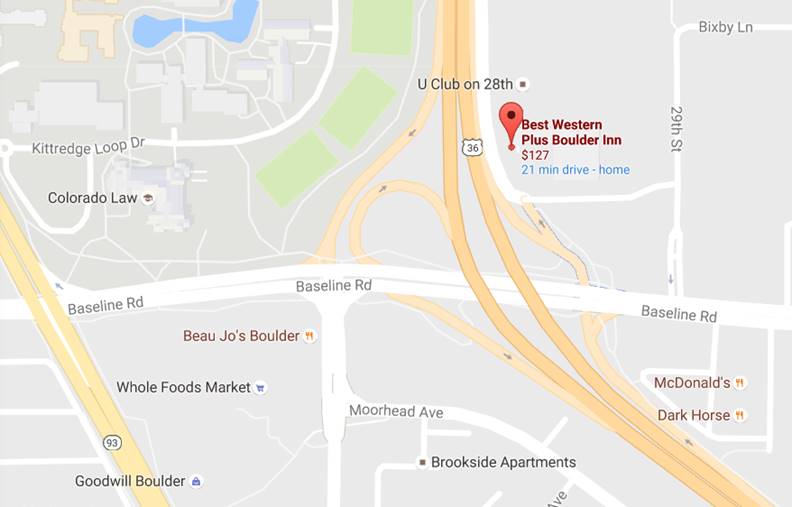CHANGE OF VENUE:
The Best Western Boulder Inn, 770 28th St., Phone: (303) 449-3800
IMPORTANT NOTICE:
The results of our member survey indicated a preference to maintain our regular meeting time of 11:00 AM on Fridays. Moving to a lighter fare for food service was clearly preferred. Therefore, we will now provide a new simplified menu of tea, coffee and hors d’oeuvres including gluten free and vegetarian options. We will meet in the Aspen Leaf room this time.
This lighter food service will reduce the fee to $17 for everyone, and will eliminate the need to RSVP To Paul Sperry.
Friday, January 13th, 2017 @ 11:00 AM
Presentation Starts at 11:30 AM
Abstract
A vital component of our existence, the sun and its inner workings is a complex puzzle that still remains to be resolved. Over decades, we have used different types of observations to develop models of how the sun formed and produces light. We have learned why sunspots form and we’ve noticed that the sun goes through a regular cycle of more and less activity. Solar flares and coronal mass ejections form periodically and have the potential to interact with Earth in varying degrees of risk.
Starting with a foundation of what we currently know about the sun and how we come to learn about our star, we will explore the role the sun plays and how it interacts with the Earth. We will then discuss some of the outstanding questions, such as why the sun’s atmosphere is so hot compared to its surface, how space weather affects Earth and the organisms occupying it, how climate change fits into the picture, the cause of the sun’s 11-year solar cycle, and why Earth’s magnetic poles seem to flip randomly.
Biography
 Briana is an astronomy education researcher, a science communicator, an artist, a dancer, and a traveler. Her current passion is to integrate art and science in innovative ways to promote learning and inspire people to ask scientific questions. Within unique environments, how can we effectively engage people in science and promote conceptual learning? How can we bring powerful learning experiences to local and national communities? In what ways can we design spaces and tools to provoke scientific curiosity for people of many different ages, interests, and backgrounds? Briana seeks to answer some of these questions.
Briana is an astronomy education researcher, a science communicator, an artist, a dancer, and a traveler. Her current passion is to integrate art and science in innovative ways to promote learning and inspire people to ask scientific questions. Within unique environments, how can we effectively engage people in science and promote conceptual learning? How can we bring powerful learning experiences to local and national communities? In what ways can we design spaces and tools to provoke scientific curiosity for people of many different ages, interests, and backgrounds? Briana seeks to answer some of these questions.
Briana holds a M.S. in Astrophysical and Planetary Sciences from CU Boulder and a B.S. in Physics from Washington State University. Her extended experience as a planetarium presenter and as a graduate teaching assistant inspired her trajectory into the informal science environment with an emphasis on best teaching practices. As the Education Programs Assistant at Fiske, Briana leads the outreach, lobby exhibit design, and audience surveying efforts. She is also involved in various education research projects to develop national educational videos and university curriculum materials for the dome environment.
References
NASA. Sept 3, 2014. “Researchers Discover New Clues to Determining the Solar Cycle.” https://www.nasa.gov/content/goddard/researchers-discover-new-clues-to-determining-the-solar-cycle. Retrieved Dec 16, 2016.
Open Source Systems, Science, Solutions. “Milankovitch Cycles.”
http://ossfoundation.us/projects/environment/global-warming/milankovitch-cycles. Retrieved Dec 16, 2016.
This lighter food service will reduce the fee to $17 for everyone, and will eliminate the need to RSVP To Paul Sperry.
———————-
 The Best Western is just a half mile south of the Millennium Hotel near both highways 36 and 93. Take the Baseline exit off highway 36 or turn east on Baseline from highway 93.
The Best Western is just a half mile south of the Millennium Hotel near both highways 36 and 93. Take the Baseline exit off highway 36 or turn east on Baseline from highway 93.


